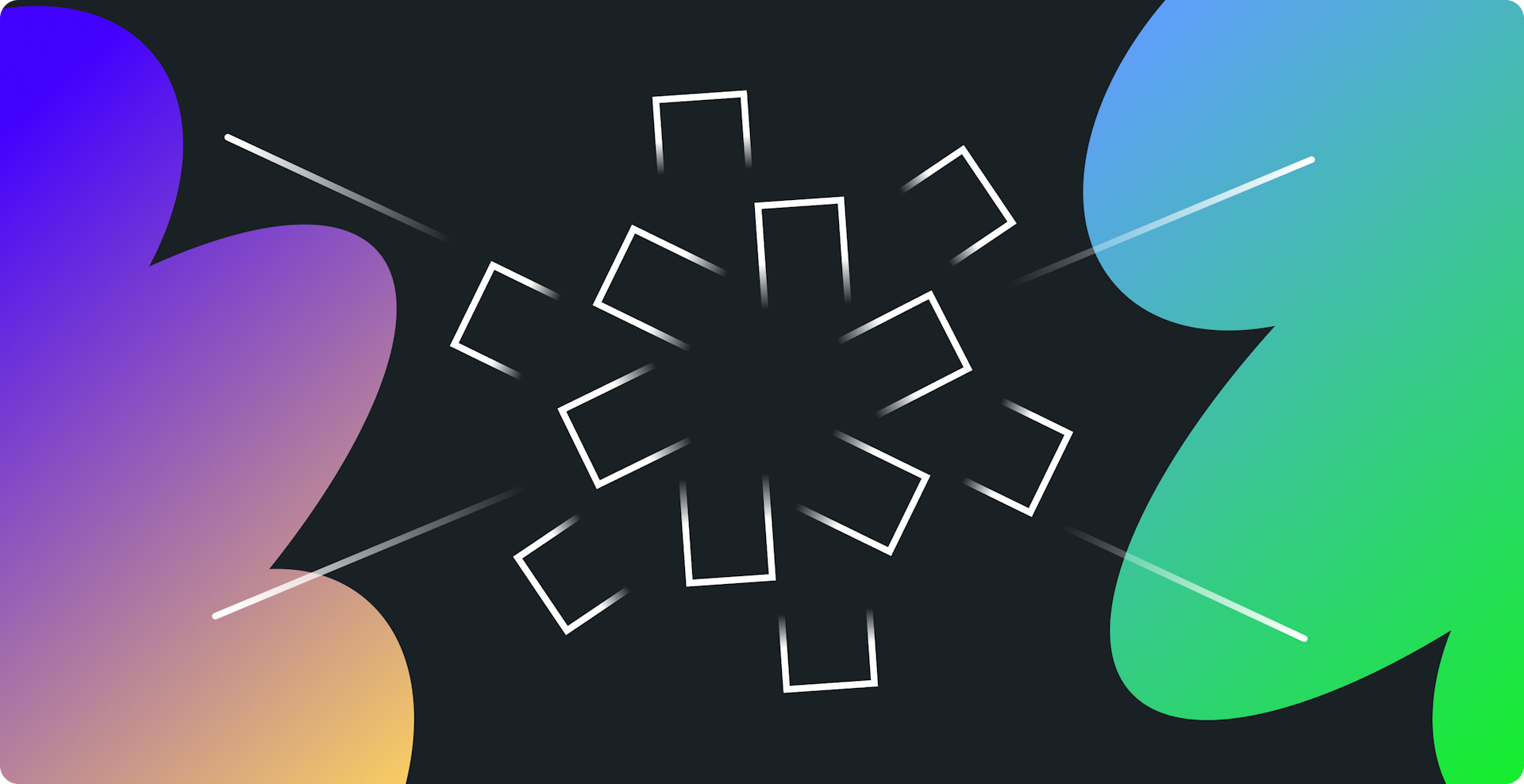How to Get ChatGPT to Do What You Want (aka AI Prompt Engineering)
Big Human is experimenting with ChatGPT and our own custom AI software. Over the next few months, we’re tracking our updates and findings here. This is Part 4 in the series. Read Part 1, Part 2, and Part 3.
Out of all the conversations surrounding artificial intelligence, there’s one debate that continues to rear its head — both in the media as well as the Big Human Slack channels: What’s the correct way to use this technology? How does it not upend humanity as a whole?
While there are no right or wrong answers to these philosophical discussions, our exploration into ChatGPT and other generative pre-trained text transformer tools — Bard and Bing, among them — has left us with a thorough understanding of the best ways to go about prompt engineering. A relatively new concept, prompt engineering is the process of creating and designing prompts (or input data) that essentially “train” AI models to perform specific tasks and functions. On the surface, it may sound straightforward, but it’s actually a complex skill that requires extensive experimentation.
Don’t worry, though, we’ve done the legwork for you. Keep scrolling to learn the do’s and don’ts of prompt engineering — as told by David Hudson, Big Human’s Director of Engineering.
1. Be specific and clear about what you want from your prompting.
One of the biggest misconceptions about AI, and ChatGPT specifically, is that there’s a human element to it. That the chatbot itself is making decisions. That kind of thinking is not only misguided, but it’s also incorrect. AI has no motive. It has no emotions. It only has the information it has access to, and the information we, as humans, give it. ChatGPT will not intuit most things for you; it’s up to you as the human to tell it what you need.
Additionally, clarity is key. Input your requests with simplicity in mind. While it’s important to be specific, do your best to not be overly verbose.
Example 1:
DO THIS: “Our product does X, Y, and Z. It’s been used by thousands of customers around the globe. Its most common use cases are 1, 2, and 3. Write an article that people in Texas would identify with the most that persuades them to purchase the product. Include a top 5 list and a call to action at the end.”
DON’T DO THIS: “Write an article about my product.”
Example 2:
DO THIS: “Read the following resume. Write an impressive LinkedIn bio.”
DON’T DO THIS: “Here’s my entire life story and my pets' names and my ex broke my heart. Write a bio for LinkedIn.”
2. ChatGPT can do a lot — but it still needs users to provide context to drill down the prompt.
You can’t expect ChatGPT to be able to narrow down your answers. As the above point states, the AI tool can’t “think.” This means you’ll need to narrow down possible responses from ChatGPT on the front end.
Example:
DO THIS: “Act as a virtual astrophysicist. Write an outline for a study done on the density of moon rocks.”
DON’T DO THIS: “Write a science article about the moon.”
3. Always be prepared to iterate on your prompts in order to dig deeper.
As the old saying goes, if at first you don’t succeed…
ChatGPT rarely nails the answers on the first prompt. This is a feature, not a bug; the responses give you something to bounce off of.
Example:
DO THIS: “List every state in the US.” Let ChatGPT respond. Follow up with: “Output a table of those states along with their state bird in CSV format.”
DON’T DO THIS: “Tell me about every state in the US.”
The above example demonstrates how utilizing one prompt can achieve a secondary prompt. If there’s one key to harnessing the power of generative pre-trained text transformers, it’s this. Understanding this concept grants you access to the full potential of generative AI.
